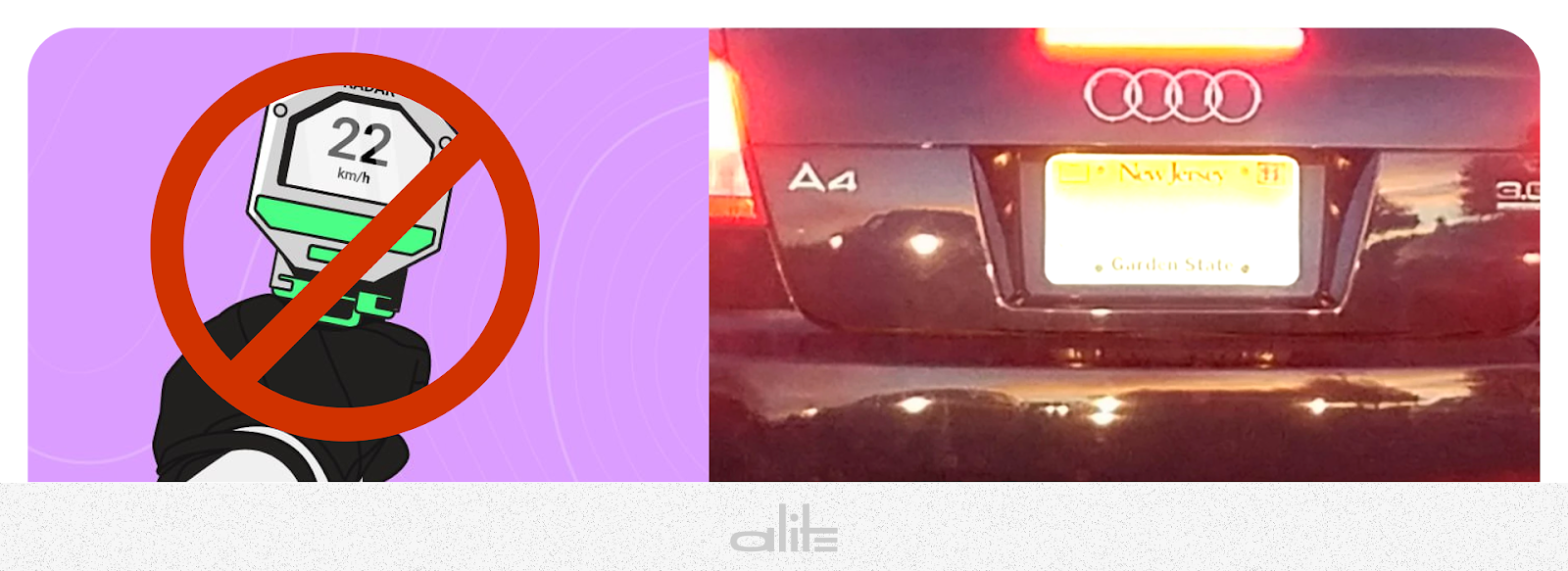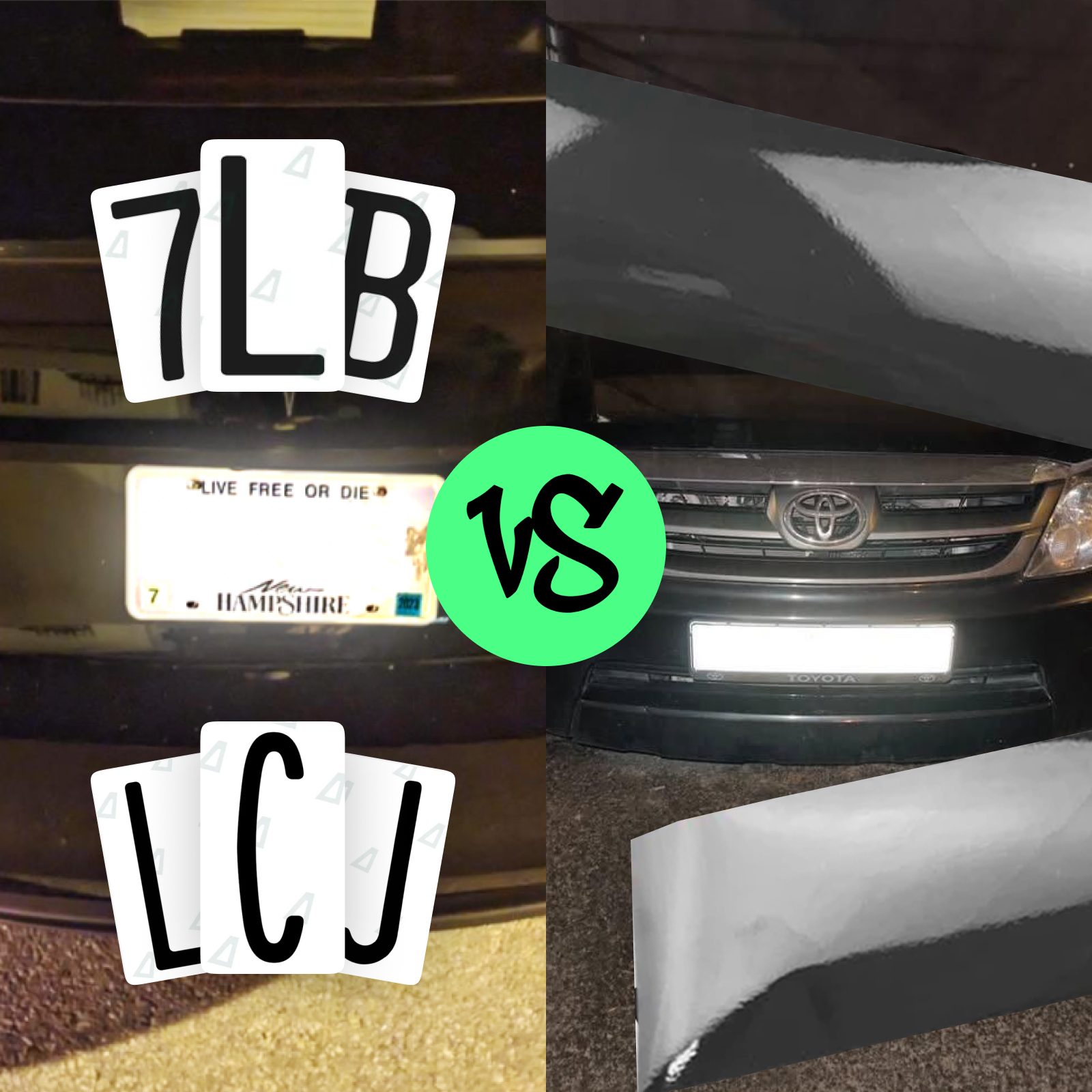When it comes to protecting your vehicle’s license plate from radar and camera detection, drivers often wonder which solution is more effective: an anti radar sticker or a radar blocking film. Both have their advantages and are designed to interfere with automatic license plate recognition systems, but their technology, durability, and application methods differ. This article explores these differences, highlighting how products like Nanofilm Ecoslick, and infrared number plate blocker fit into this landscape.
Understanding Anti Radar Stickers
An anti radar sticker is a specialized adhesive layer applied directly to the license plate. It is designed to disrupt radar signals and infrared light used by speed cameras and ALPR systems. The stickers are typically made from materials embedded with nano or micro-structured elements that scatter or absorb signals, reducing the clarity of the plate to automated systems. Similar to nanofilm ecoslick, these stickers act as a passive barrier, altering signal reflection without electronic interference.
The primary benefit of stickers lies in their ease of application and affordability. They can be applied quickly without professional assistance and replaced as needed. However, their thin structure might wear down faster under harsh weather conditions, potentially reducing effectiveness over time. Some stickers may also lose adhesion if exposed to frequent washing, road salt, or UV rays. Because of this, regular inspection and timely replacement are necessary to maintain optimal performance. Compared to radar blocking film, stickers may require more frequent maintenance but offer quicker installation.
Key advantages of anti radar stickers include:
- Simple and quick application process
- Cost-effective compared to full plate films
- Easy to replace or remove without damage
- Lightweight and thin, preserving plate aesthetics
- Immediate passive protection against radar signals
How Radar Blocking Films Work
Radar blocking film covers the entire surface of the license plate with a thin, transparent layer engineered to interfere with infrared and radar signals. Unlike stickers, films provide uniform coverage, ensuring consistent protection across the entire plate area. Many films use advanced nanotechnology, such as that found in Nanofilm Ecoslick, to create an invisible barrier that does not affect the legibility of the plate by human observers but reduces detection by cameras.
Films tend to be more durable than stickers, offering longer-lasting protection against environmental factors like rain, snow, and UV radiation. Professional installation is often recommended to ensure a bubble-free and uniform application, maximizing effectiveness. In addition, films can be designed to be removable without damaging the plate’s surface, offering flexibility to drivers.

Comparing Durability and Effectiveness
When comparing anti radar stickers and radar blocking films, durability is a critical factor. Films generally outlast stickers due to their robust materials and superior adhesion techniques. While stickers might start peeling or fading after months of exposure, films maintain consistent performance for years.
Effectiveness also varies depending on the product quality. High-quality films like Nanofilm Ecoslick can block a broader spectrum of radar and infrared signals than many stickers. Moreover, films often feature self-healing properties that allow minor scratches to disappear over time, preserving clarity and protection.
Read more: https://alitehub.com/pages/antiradar-stickers-for-license-plate
The Role of Infrared Number Plate Blockers
Both stickers and films can incorporate infrared number plate blocker technologies, which specifically target the infrared wavelengths used by many speed and red-light cameras. This targeted approach enhances protection, making the plate less visible to automated systems without compromising human readability.
By combining infrared blockers with high-quality films or stickers, drivers gain a multilayered defense, increasing the chance of avoiding unwanted detection while maintaining compliance with visibility requirements.
Which Is Better for You?
Choosing between an anti radar sticker and a radar blocking film depends on individual priorities. If ease of installation and cost are primary concerns, stickers might be more appealing. However, for drivers seeking long-term durability, superior protection, and a seamless appearance, films like Nanofilm Ecoslick are often the preferred choice.
To summarize the key considerations when selecting your protection:
- Application: Stickers are quick and easy to apply; films often require professional installation for best results.
- Durability: Films generally last longer and withstand harsh weather better than stickers.
- Effectiveness: High-quality films block a broader range of signals consistently.
- Maintenance: Stickers may need frequent replacement; films require minimal upkeep.
- Appearance: Films provide a more uniform, invisible look compared to stickers.
Both solutions can be effective when selected and applied correctly, but understanding their differences helps in making an informed decision tailored to your driving environment and privacy needs. For optimal results, consider consulting with professionals to ensure proper installation and compliance with local regulations.
It’s important to note that the performance of any radar blocking technology depends on the quality of the product and proper installation. Therefore, investing in trusted brands like Nanofilm Ecoslick and opting for professional installation can provide better protection and peace of mind.

